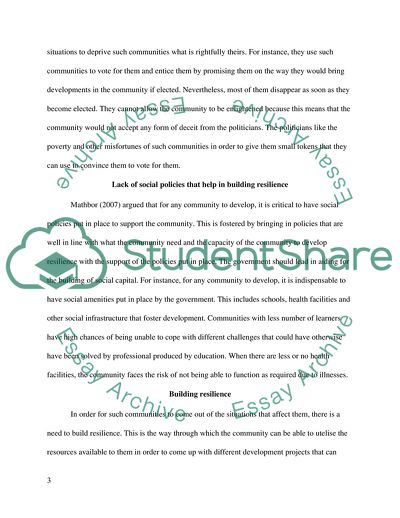Cite this document
(Building Social Capital through Community Resilience Coursework, n.d.)
Building Social Capital through Community Resilience Coursework. https://studentshare.org/sociology/1825976-building-social-capaital-through-community-resilience-full-question-below
Building Social Capital through Community Resilience Coursework. https://studentshare.org/sociology/1825976-building-social-capaital-through-community-resilience-full-question-below
(Building Social Capital through Community Resilience Coursework)
Building Social Capital through Community Resilience Coursework. https://studentshare.org/sociology/1825976-building-social-capaital-through-community-resilience-full-question-below.
Building Social Capital through Community Resilience Coursework. https://studentshare.org/sociology/1825976-building-social-capaital-through-community-resilience-full-question-below.
“Building Social Capital through Community Resilience Coursework”. https://studentshare.org/sociology/1825976-building-social-capaital-through-community-resilience-full-question-below.


